Over the past five years, more than 300 billion US dollars have been invested worldwide in nuclear energy. According to an analysis by Visual Capitalist, cited by the Hungarian economic daily Vilaggazdasag, Europe put 132 billion dollars into the nuclear sector, while the Asia-Pacific region invested 106 billion dollars.
The analysis shows that North America ranked third with 35 billion US dollars in investments, followed by Eurasia—which includes Armenia, Russia, Georgia, Kazakhstan, Tajikistan, Uzbekistan, Turkmenistan, Kyrgyzstan, and Azerbaijan—with 17 billion dollars.
The Middle East spent 12 billion dollars on nuclear energy, Central and South America invested 8 billion, while Africa contributed just 2 billion dollars. Currently, South Africa is the only country on the continent with an operational nuclear power plant. Meanwhile, Egypt is constructing its first nuclear facility, the El-Dabaa plant, located 350 kilometers from Cairo. Construction began in 2022, and full-scale operation is expected by 2028.
According to the World Nuclear Association (WNA), there are 440 operational nuclear reactors worldwide, supplying about 9 percent of the world’s electricity. The United States leads with 94 reactors, followed by China with 58, surpassing France, which has 56. Russia ranks fourth with 36 reactors.
More than 70 gigawatts of new nuclear capacity are currently under construction globally—one of the highest levels in the past 30 years.
This surge in nuclear investment is largely due to the energy crisis that severely impacted Europe, increasing the importance of energy security worldwide. Additionally, many countries aim to reduce carbon emissions. While renewable sources like wind and solar power were initially expected to meet these energy demands, their reliability has proven insufficient compared to the stable electricity output from nuclear reactors.
In March last year, leaders from 30 countries—including those of the European Union—agreed to revive and support nuclear energy, emphasizing its ever-growing necessity. Several nations have made a complete policy reversal on nuclear energy:
- South Korea abandoned plans to phase out nuclear power;
- Sweden lifted restrictions on building new reactors;
- Japan, the United Kingdom, and France have all begun building additional reactors;
- Canada is planning to implement modular nuclear reactors.
Hungary is also embracing this trend. The construction of two new Russian-designed reactors at the Paks nuclear plant will add 2,400 megawatts of emissions-free energy capacity by the early 2030s.
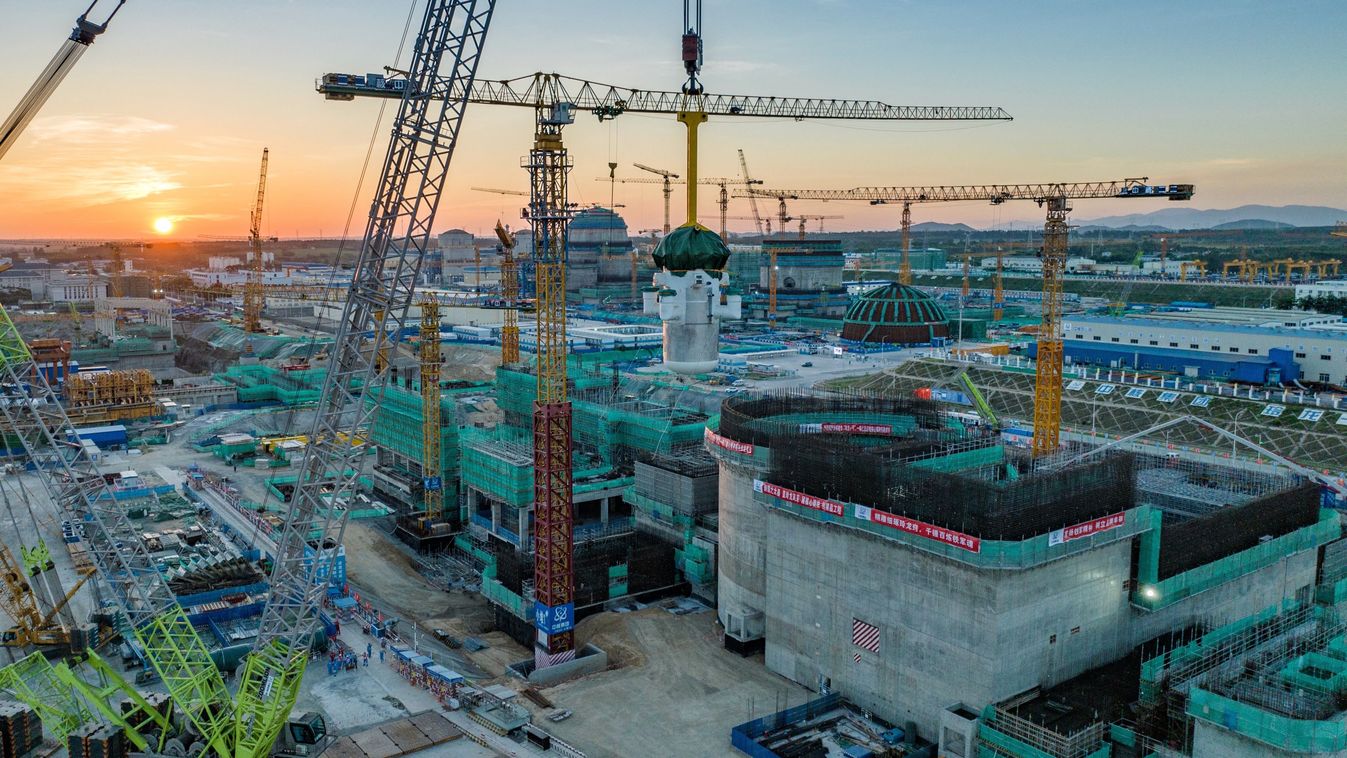
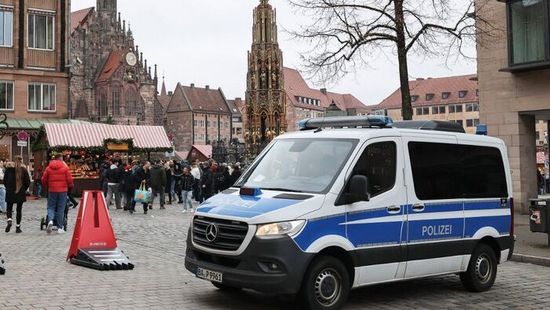
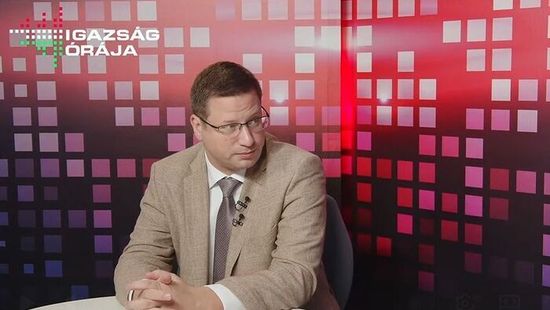
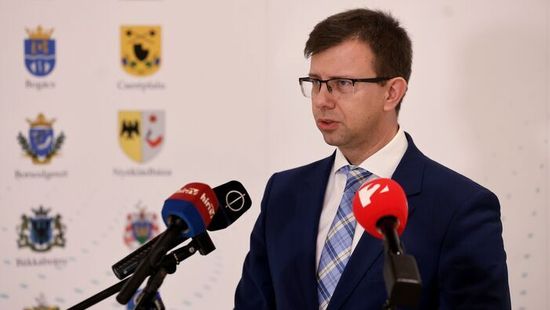
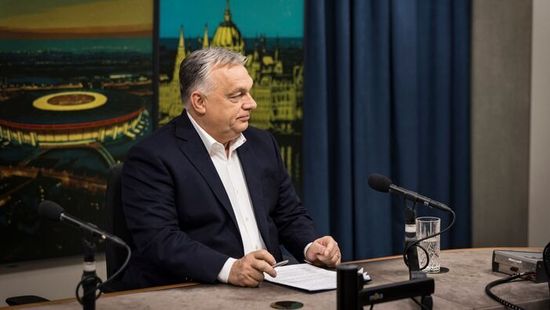

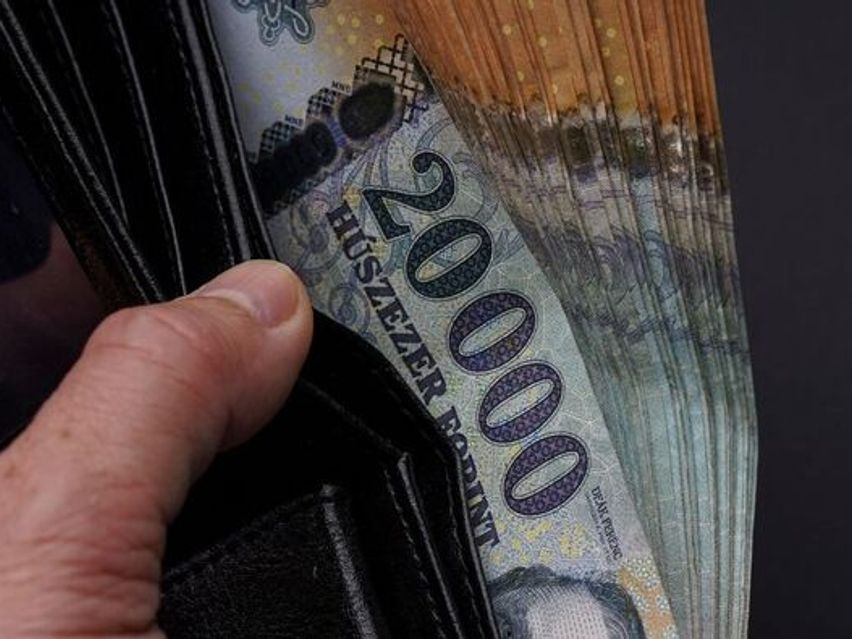

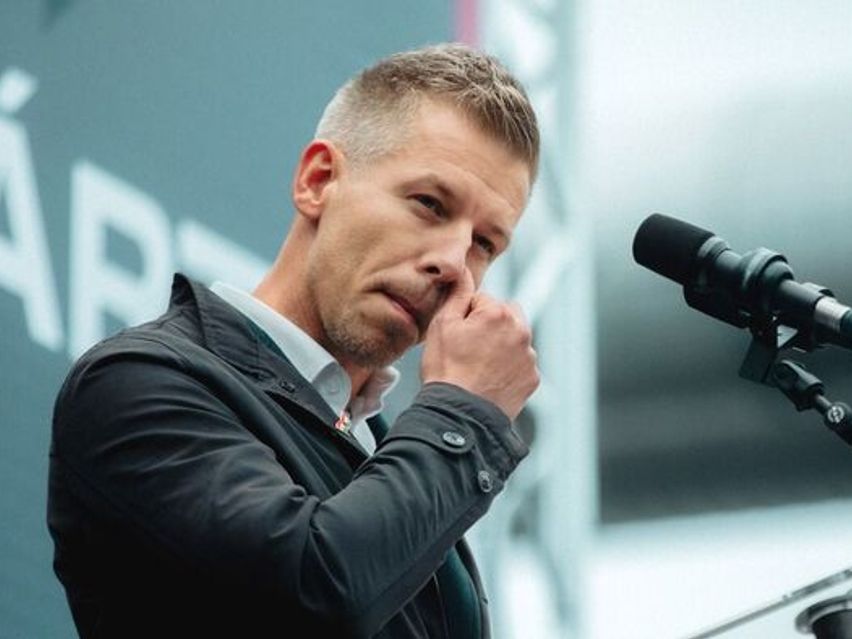


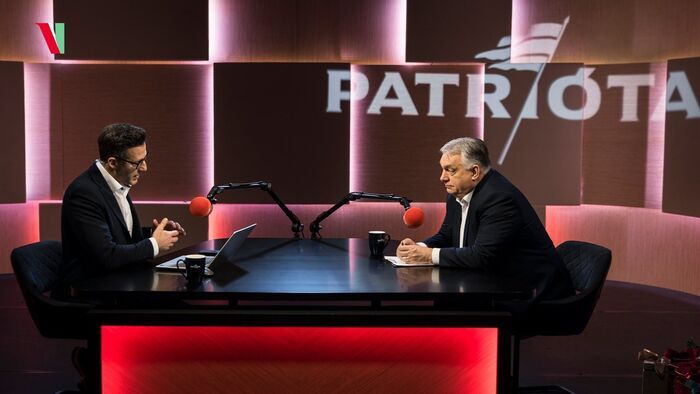
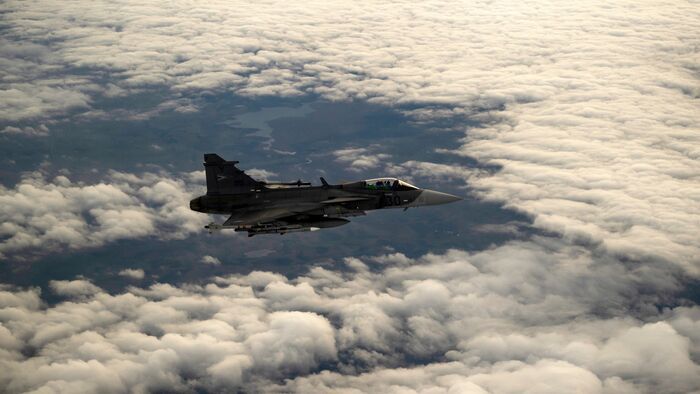
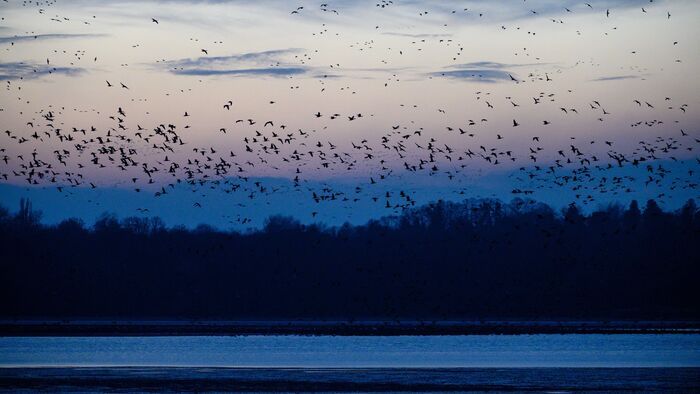
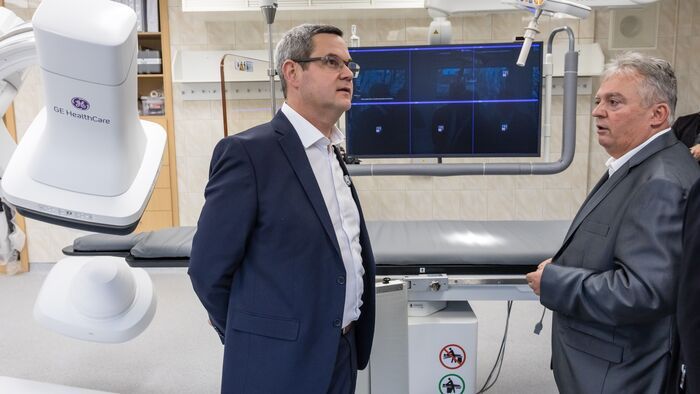
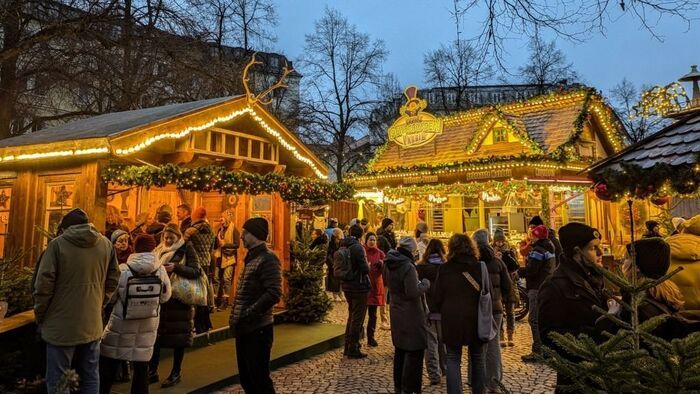

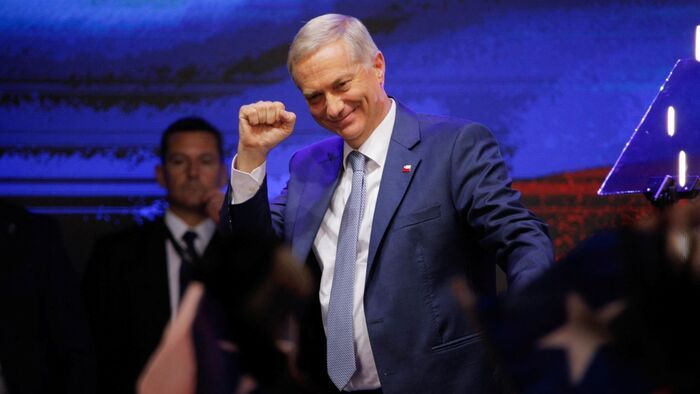


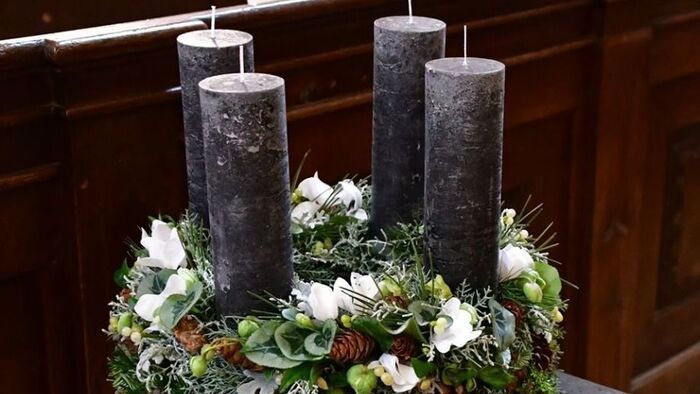
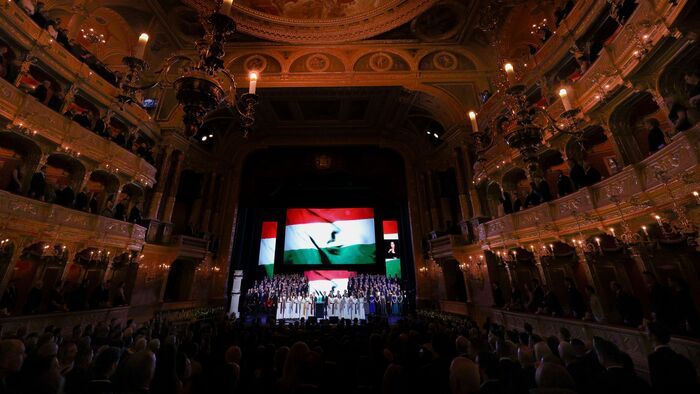

Szóljon hozzá!
Jelenleg csak a hozzászólások egy kis részét látja. Hozzászóláshoz és a további kommentek megtekintéséhez lépjen be, vagy regisztráljon!